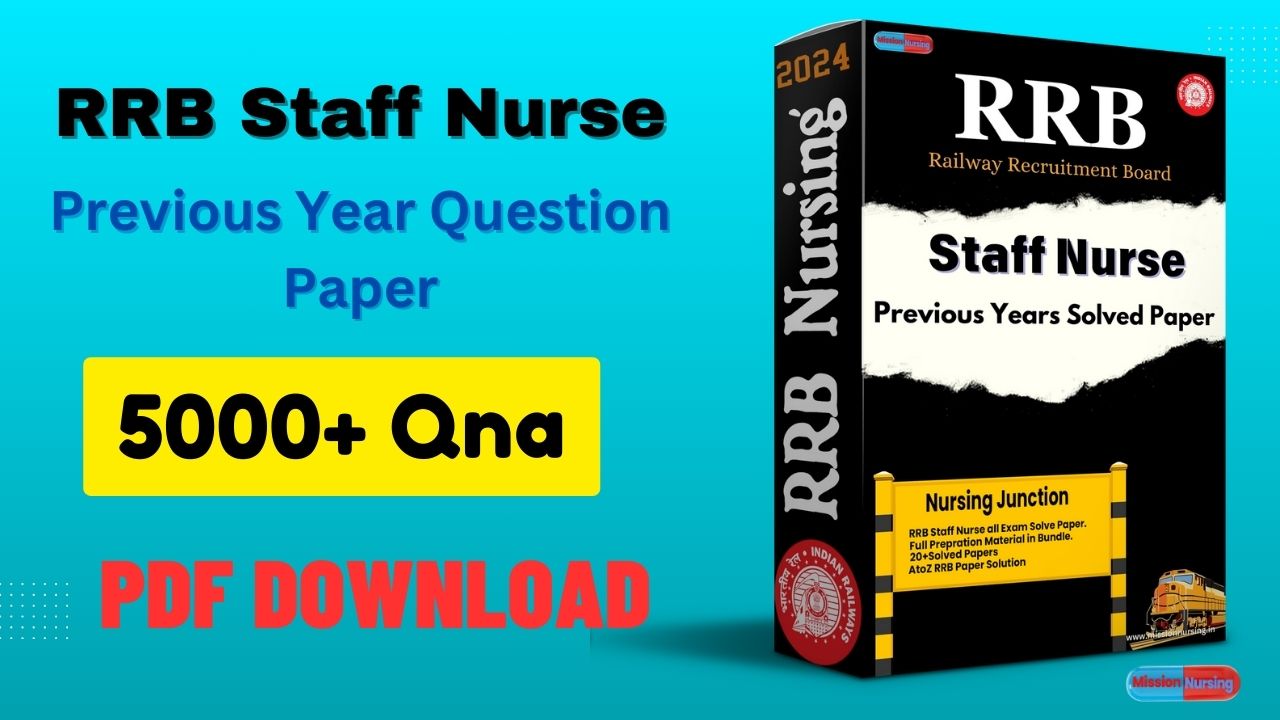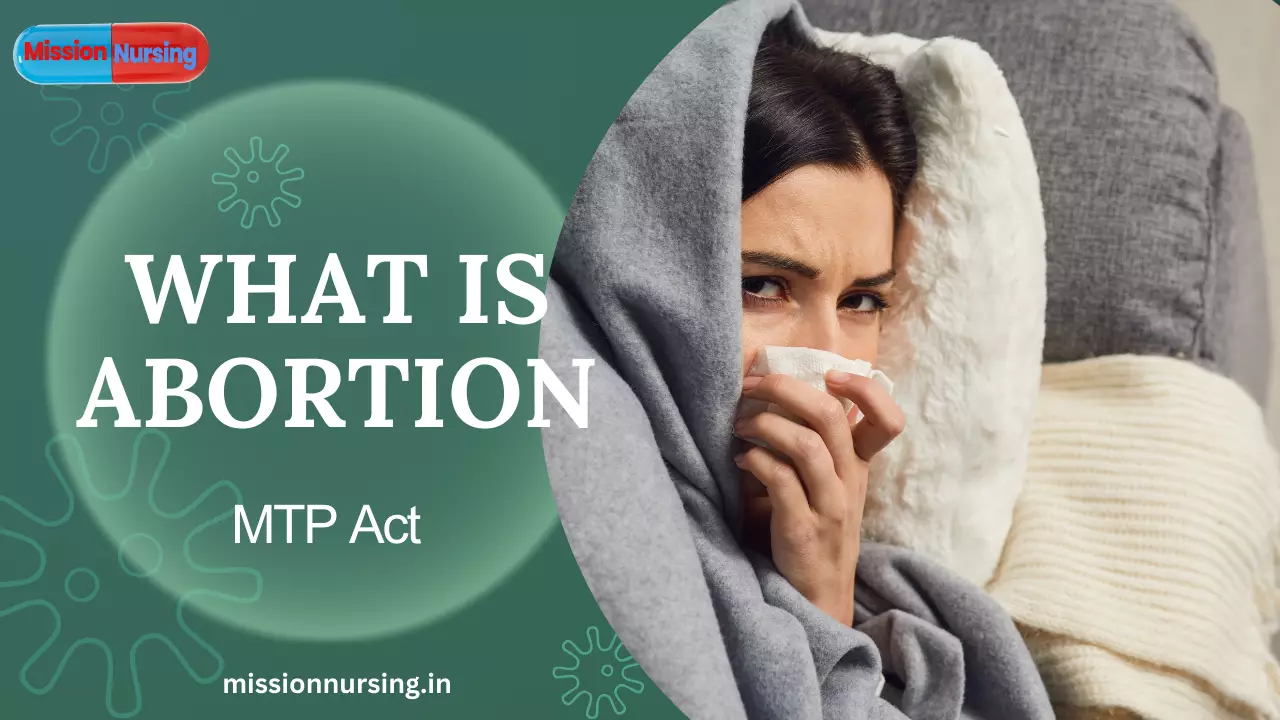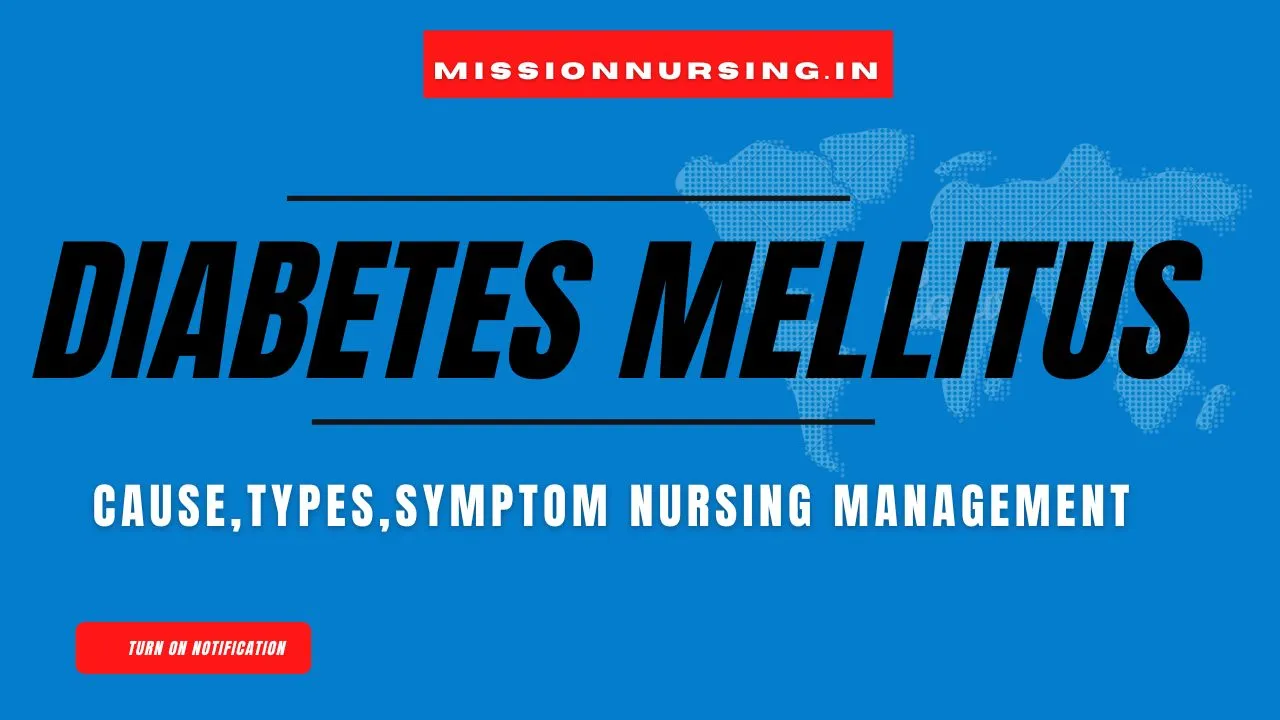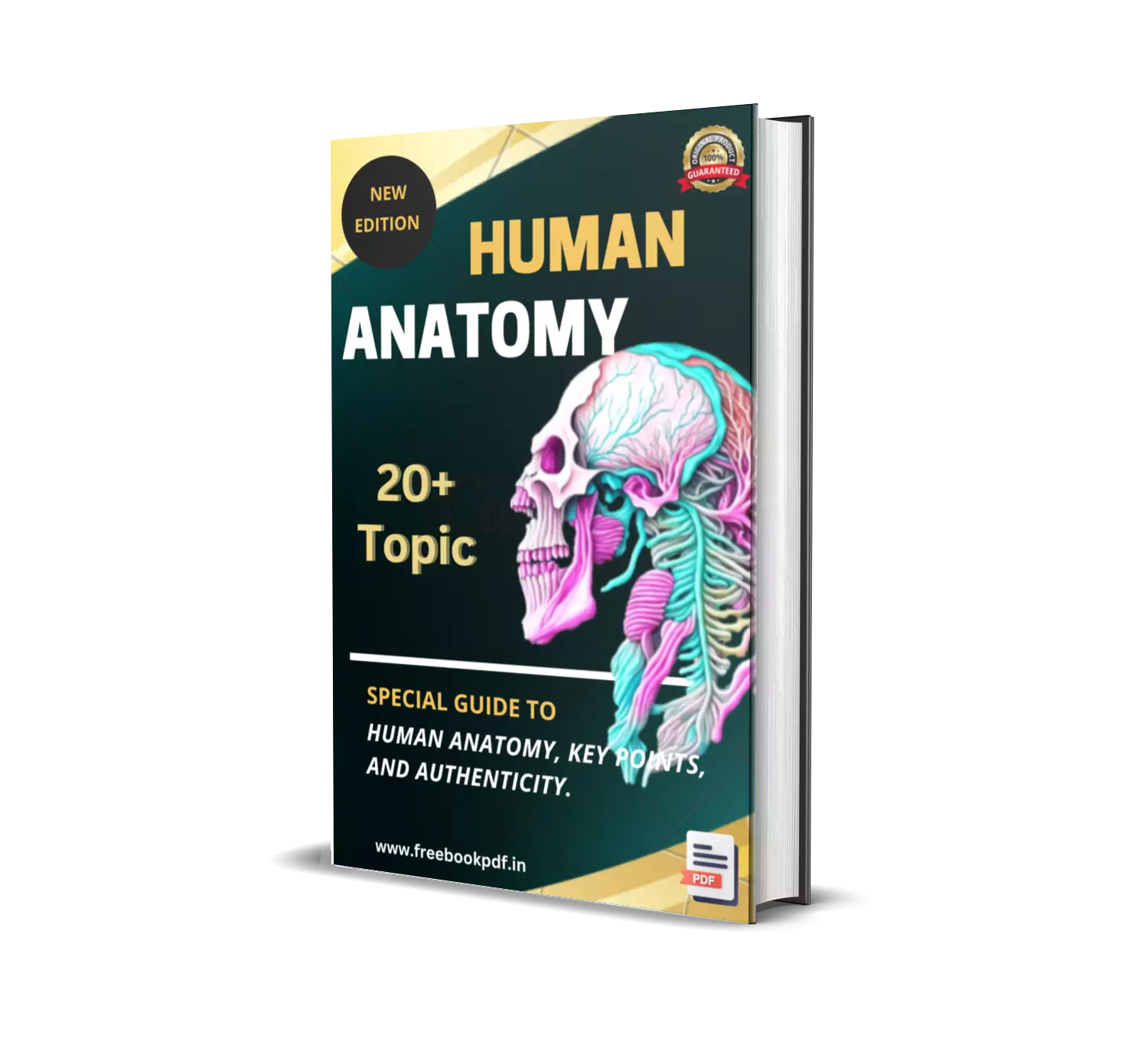Terminology
- Otalgia – pain in the ear.
- Otology – otology is a study of ear disease.
- Otorrhea – otorrhea is a discharge from the ear.
- Tinnitus – tinnitus is the sensation of ringing sound in the ear.
- Deafness – loss of earing.
- Vertigo – sudden internal or external spinning sensation.
- Otorrhagia – otorrhagia is bleeding from the ear.
- Audiometry – audiometry is an instrument used to measure hearing.
- Otomycosis – otomycosis is a fungal inflammation in the ear that causes irritation.
- Otoplasty – otoplasty is a surgical procedure of repair and reconstruction of the ear.
- Tympanoplasty – it is a procedure of repairing tympanic membranes.
- Otorhinolaryngology – is a study of ear, nose and throat ( ENT ) disease.
- Myringotomy – Incision into tympanic membrane and fluid drainage from the middle ear cavity.
- Mastoiditis – inflammation of the mastoid bone.
- Earache – pain in inner and outer ear.
Definition of otitis media
- Otitis media is a group of inflammatory disorders of the middle ear, which result in fluid accumulation within the middle ear.
- Effusion in the middle ear causes hearing loss and Earache.
- Otitis media most commonly occur in infants and young children.
Types of otitis media
- Acute otitis media – It is an acute inflammation of the middle ear ( less than 6 weeks).
- Chronic otitis media – chronic otitis media is a repeated episode of acute otitis media.
- It also leads to mastoid bone infection.
- Serous otitis media – accumulation of the serous fluid in the middle ear cavity and lead to eustachian tube obstructions.
Acute otitis media
- Acute otitis media is an acute inflammation of the middle ear.
- Inflammation typically occurs less than 6 week.
- Most common infection route is the eustachian tube.
Cause of acute otitis media
- Bacterial infection – streptococcus pneumonia, H. Influenza.
- Chronic rhinitis and sinusitis.
- Recurrent attack of common cold.
- Upper respiratory tract infection.
- Nasal allergy
- Cleft palate
- Head injury
- Tympanic membrane injury.
Clinical features of Otitis Media
- Pain and discomfort
- Hearing loss
- High grade fever
- Purulent drainage
- Hearing impairment
- Tinnitus ( running in the ear )
- Mastoiditis
- Nausea and vomiting
- Headache
- Nasal and vomiting
- Headache
- Nasal congestion
- Restless and irritability
- Loss of appetite
- Perforation of eardrum
- Otalgia or otorrhea.
Diagnostic examination of Otitis Media
- History collection of physical examination.
- Audiometry – assess hearing.
- Tuning for test
- Sensitivity test
- Otoscopic examination
- Tympanometry.
Medical management of Otitis Media
- Antibiotics – to treat inflammation.
- Analgesic drug – to treat ear pain.
- Antipyretic drug – to treat fever.
- Antibiotics drops.
- Antiseptic ear wash.
- Nasal decongestant – remove eustachian tube blockage.
Surgical management of otitis media
- Myringotomy – Incision into tympanic membrane and fluid drain.
Otitis media Complications
- Chronic otitis media.
- Hearing loss
- Perforation.
Chronic otitis media
- Chronic otitis media is inflammation of the middle ear for more than 6 weeks.
- Chronic otitis media is a repeated episode of acute otitis media.
Otitis media Etiology
Acute otitis media.
Eustachian tube deformity.
Cleft palate, sinusitis.
Allergic rhinitis.
Entrance of foreign body in ear.
Upper Airway sepsis.
Virulent infection – measles.
Pathophysiology of otitis media
Infection / etiology / cause
↓
Inflammation of the middle ear
↓
Serous fluid accumulation in the middle ear cavity
↓
Tympanic membrane damage
↓
Pus formation
↓
Tissue necrosis
↓
Conductive hearing loss.
Otitis media Clinical manifestation
- Otalgia ( ear pain )
- Restless and irritation
- Obstruction in the eustachian tube
- Ear swelling and redness area
- Ringing sound ( tinnitus )
- Conductive deafness
- Perforation of tympanic membrane
- Ear drainage.
Diagnostic examination of otitis media
- History collection and physical examination.
- Otoscopic examination.
- Audiometry and tympanometry.
- Serous drainage culture and sensitivity test.
- CT scan and MRI.
Otitis media Medical management
- Antibiotic drops installation.
- Systemic antibiotics.
- Aural toilet.
- Topical steroids.
Otitis media Surgical management
- Tympanostomy – To expose the middle ear and assess the ossicles.
- Tympanoplasty – Surgical repair of tympanic membrane.
- Myringotomy – Create an artificial opening and drain fluid.
Otitis media Nursing management
- Nurses monitor patient hearing status and vital signs.
- Monitor intensity of ear pain.
- Provide comfort position to the unaffected ear.
- Maintain hygiene conditions to prevent infection.
- Nurses monitor hearing ability frequently.
- Nurses established trustable relationships with patients.
- Provide prescribed medication and other treatments.
- Help in conducting all diagnostic procedures.
- Provide knowledge about disease conditions.
- Provide health education and awareness.
QnA.
Otitis media is a group of inflammatory disorders in which body part
Middle ear
Otitis media most commonly affect the
Children
Acute inflammation of the middle ear
Acute otitis media
Most common bacteria cause otitis media
Streptococcus pneumonia
Common Risk factors for ear infection in infants?
Bottle feeding
What do you mean by Ringing sensation sound in the ear
Tinnitus
What are Repeated episodes of otitis media caused
Chronic otitis media
Audiometry is used to measure
Hearing
Bleeding from the ear is called
Otorrhagia
Serous fluid in middle ear space
Serous otitis media


















1 thought on “Ear Infection (Otitis Media): Symptoms, Causes”